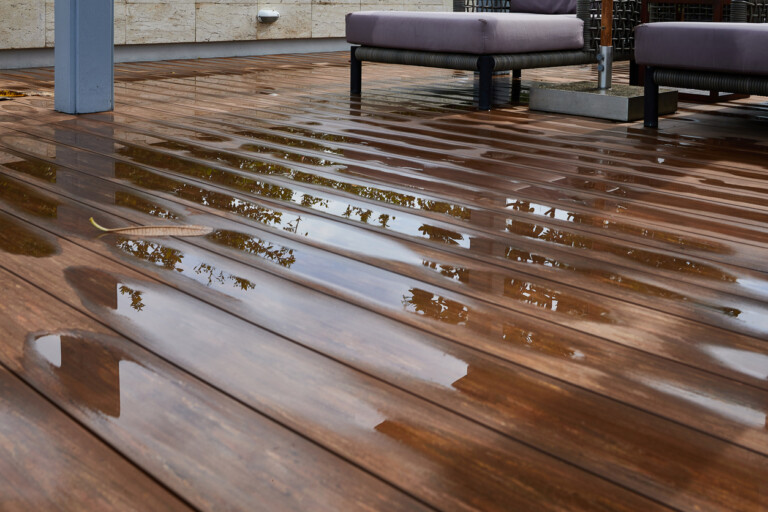
In Prosperity Electric v. Aviva Insurance Company of Canada, 2021 BCCA 237, Prosperity Electric (“Prosperity”) appealed a trial decision where its indemnity claim against its property insurer was dismissed on the basis that there had been no damage to certain of its insured property.
Prosperity was in the business of selling lighting fixtures. In November 2018, a fire broke out in a common hallway adjacent to premises leased by Prosperity. The fire did not spread to Prosperity’s premises; however, both floors of its premises were affected by the entry of smoke and the deposit of soot. Prosperity claimed that certain lighting fixtures on the second floor of its premises had been contaminated by residue attributable to the fire.
The insurer had a sample of the lighting fixtures tested. The testing indicated the presence of chloride particles (anions) on the lighting fixtures in amounts slightly above what could be expected on a clean, new lighting fixture. The concentration of chloride particles was still too low to result in an increased probability of failure. There was no impairment to the lighting fixtures’ functionality.
Under the policy, Prosperity was entitled to be indemnified for “direct physical loss of or damage” to insured property, which included its stock of merchandise. On appeal, Prosperity did not take issue with the insurer’s assessment of the appearance and functionality of the lighting fixtures, but argued that the fixtures had been damaged on the basis that they had a surface concentration of chloride anions that exceeded the level that would be expected on new, clean stock.
Both Prosperity and the insurer relied on the Court of Appeal’s decision in Acciona Infrastructure Canada Inc. v. Allianz Global Risks US Insurance Company, 2015 BCCA 347 [Acciona] as the leading authority in BC on interpreting the phrase “direct physical loss of or damage to the property insured” in an insurance contract. In Acciona, Justice Willcock observed “that “physical loss” and “damage” denote an alteration in the appearance, shape, colour or other material dimension of the property insured.” Did the presence of chloride anions in the concentration observed in this case constitute an alteration in a “material dimension” of the lighting fixtures?
The Court considered whether a “material dimension” equated to a physical dimension or a pertinent dimension. The relevance being that the presence of elevated chloride anion levels constituted an alteration of a physical dimension of the lighting fixtures, but it would not constitute an alteration to a pertinent dimension, as neither the aesthetic nor functional qualities of the lighting fixtures had been impacted. The Court proceeded under the assumption that the reference to a “material dimension” by Justice Willcock in Acciona meant an alteration to a physical parameter.
However, the Court went on to re-affirm a well-established principle that “damage” refers to a harmful alteration to insured property. As harm is a necessary component of “damage”, where an alteration does not result in property becoming less functional, aesthetically pleasing, or valuable, it likely does not constitute damage.
In the present matter, the evidence clearly demonstrated that the deposition of a small amount of chloride anions on the lighting fixtures did not affect their appearance, function or value. The lighting fixtures had not been damaged and Prosperity’s appeal was dismissed.


